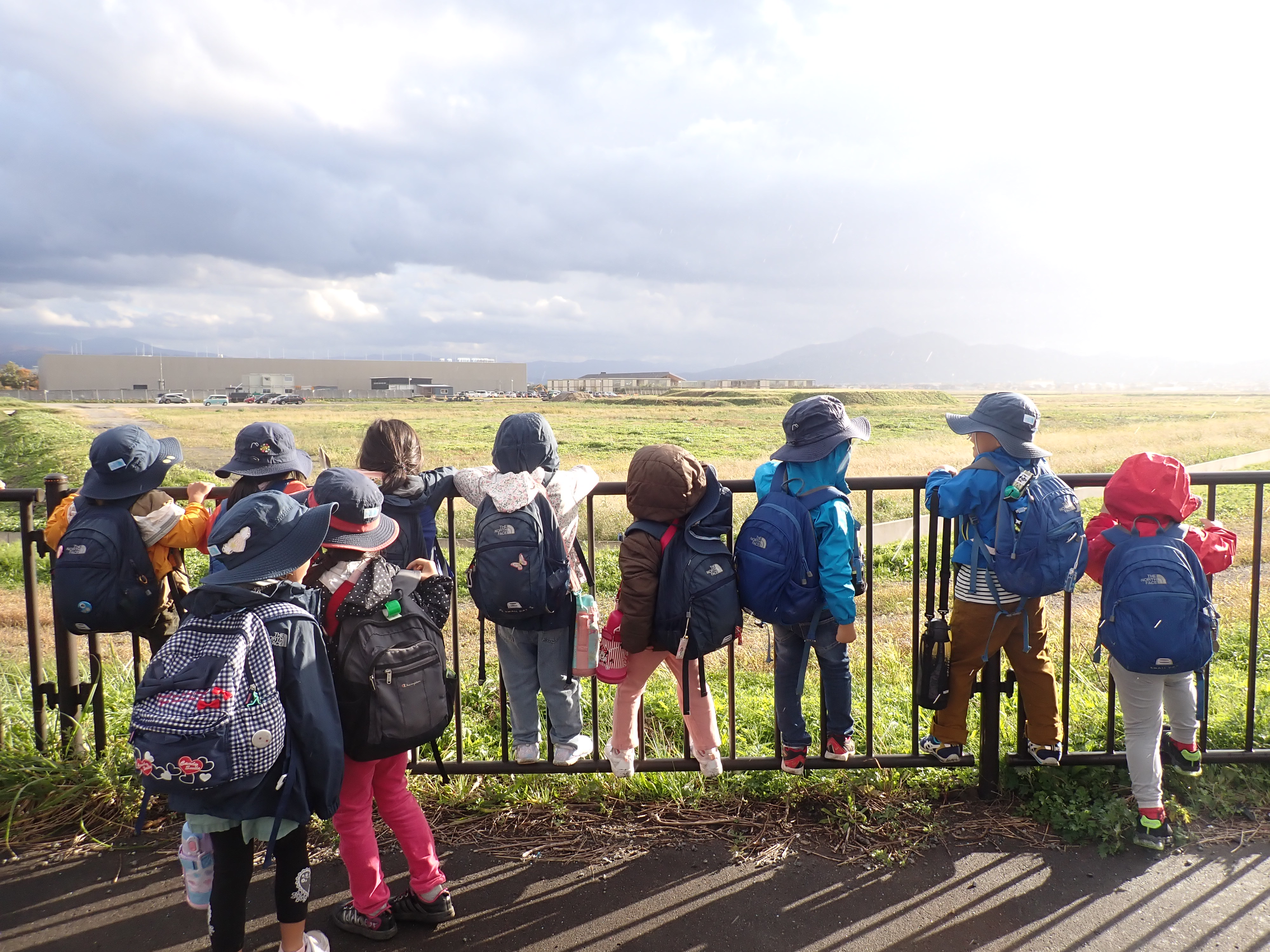
2021.09.01 Team Karappo’s Journey
Text : Yuki Baba , cooperated with Takuto Kashiwagi
For a month from the end of September to the end of October, Team Karappo (a.k.a. the 11 Akebi class members*) went on three adventures. The children and adults discussed where they wanted to go, researched how to get there, packed lunches in the morning, and walked to our destination. Sometimes we walked for as long as two hours each way, blowing in the wind and getting drenched by the rain.
*If you want to know more about the origin of Team Karappo, please read the following article.
Encounter With Food
The impetus for the adventure (the children like to call it “journey”) came from a word of advice from A. One day, A said, “I want to go to a faraway place on foot!” The people in the room agreed, and we decided to walk to Tsuruoka Station and Tsuruoka Park, which were farther away than our usual walks. The children’s faces lit up with a sense of accomplishment when we reached our destination, said Saeko, the staff who accompanied them. The experience of this walk evolved into the journey of Team Karappo.
The three journeys that we planned and executed together with Team Karappo were an experience that gave me, as a childcare educator, a lot of insights. I would like to introduce some of the most memorable episodes.
Karappo Meeting
The first trip was to B’s house, as he had invited us to come to his house. The day after the first trip to B’s house, Team Karappo gathered to discuss the plan for the second trip.
“Where do you want to go next? When I asked the empty team, they immediately replied, “Kushibiki!” “Aeon Mall!” “Inside of Yuki’s tummy!” “C’s house!” “I want to go grape picking!” “D’s house”. Many answers came back.
“We can walk to the Aeon Mall. It’s pretty close to my house”, said B. “We can’t walk there. Why don’t we take the bus?”, D said. B said, “It’s not a journey if you take a bus.” E said, “Going on a journey means taking the shinkansen or something else.” E said, It seems that each person has a slightly different image of going on a journey.
When F said, “I want to go to C’s house, too.”, C said “Then why don’t we go in order?.” She continued, “Everyone should research the places they want to go, and we’ll announce them tomorrow.” Everyone agreed with C’s suggestion, and that was the end of the discussion for that day.
We had many more discussions like this. They used words to express their opinions and listen to the opinions of others. It was remarkable to see how their opinions came together over time.
On the other hand, when we could not reach a consensus, we sometimes heard voices like this; “Yuki, you decide. You are the captain of Team Karappo.” These words sounded half-hearted. I had very mixed feelings about it. This was because I wanted this journey to be an opportunity for Team Karappo to experience making decisions for themselves. Children can choose what they want to do as individuals in their daily life at the preschool, but there are not many opportunities for them to choose one thing in a group and collaborate. That is why I thought that the experience of discussing as a team and coming up with a single choice would be a good challenge for the children. We could go by bus or on foot. I thought it was more important for the children to discuss and decide for themselves, rather than how to get there or where the destination was.
I had mixed feelings about the fact that some of the children were asking adults to make decisions for them, and that I myself was perceived by the children as someone who was in a position to make decisions. The words, “You decide,” made me reflect on my own way of being. In my mind, I was conscious of wanting to set an end point for the discussion, and this may have somehow affected my words and actions. With limited time and human resources, how far can I go in preparing an environment that accepts children’s choices and doubts? And is this a problem that can be solved by my own personal behavior? A question arose in my mind as well.
Fun and Conflict
On their second trip, the team chose the Aeon Mall as their destination and played at the candy store and game center. As we were descending the stairs of the Aeon Mall to catch the bus home, F said with a sense of relief, “I’m glad I could hold it (implying she held her desire to buy things back).” I was surprised to hear that come out of F’s mouth, as I had thought that the time spent at Aeon was “fun”.
Thinking about how to spend the 300 yen for things like sweets, gacha-gacha, games, and other attractive things. The time we spent playing at Aeon was not only a time of “fun,” but also a time when their minds were moving in complex ways such as “conflict” and “endurance.” A was looking for the number “79” in the candy store and trying to figure out how many sweets she could buy for 79 yen, while B was counting the number of coins he had left and thinking about when to move on to the next game.
“Making a Gacha-Gacha”
When we decided to go to Aeon, I personally wondered what kind of meaning we could find in going to a game center as an out-of-school activity. How would the parents feel about it? I was a little worried. Some families may have their own policies that expose them to games and snacks, while others may not. When I discussed this with Takuto, our staff, he said, “I think it’s boring to keep away from consumptive play. How can we connect consumptive play to creativity?. I think that’s what we as educators should be doing.” He said.
With this in mind, the first thing everyone did after coming back to Yamanoko from the Aeon trip was to make their own gacha-gacha, which they were so fascinated with at Aeon. They used scissors to cut holes in the cardboard and made a place to put the money, a place to spin it, and a place for the gacha to come out. After B’s suggestion, E, G, and I worked together to make them. Their concentration was tremendous. The way they took the image of gacha-gacha that they saw at Aeon and gave it shape using cardboard. I respected the fact that they were turning the experience of consumptive play at the game center into creative play in a very natural way.
We Can Go Anywhere Now!
The last destination of the journey was C’s house, a two-hour walk each way. The journey went smoothly, and we arrived at C’s house safely and finished eating lunch. The walk home was also uneventful, but towards the end of the walk, I felt a strong wind blowing and it started to rain. The wind and rain made the team look like they were losing their will power. Encouraged by the rainbow that appeared between the clouds, we gradually regained our spirits as we approached a familiar path. That’s when H said happily, “Team Karappo can go anywhere now!” His voice sounded filled with a sense of accomplishment and confidence in ourselves. His casual comment seemed to sum up the Karappo journey in a nutshell.
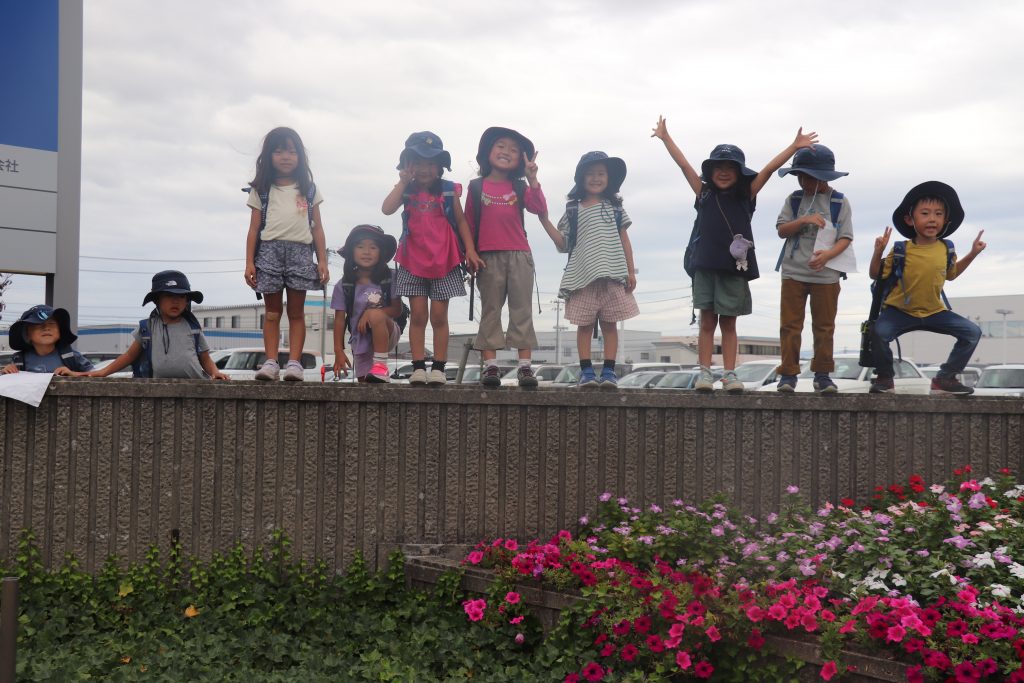
A picture at the end of the first trip, where we walked for two hours round trip. Some are energetic, some are tired. On the final trip, all of us walked the four-hour round trip.
The children have been sharing their opinions and I have been worrying about how to position myself as an adult in this project. As a childcare educator, it seems that right next to my worries and doubts, the children have experienced a variety of learning.
I myself believe that failure is the greatest learning experience. I think it’s okay to not get to your destination, or to discuss things but not decide. How can we guarantee that children will have the experience of failure? In thinking about this, I came to believe that if the adults who watch over the children’s growth (e.g., staff and parents) exchange their values with each other and walk together, it will create an environment where children can accept their choices and failures. As I continue my own explorations as an early childhood educator, I hope to continue my exploration of the nature of community by looking at communication among adults as well.














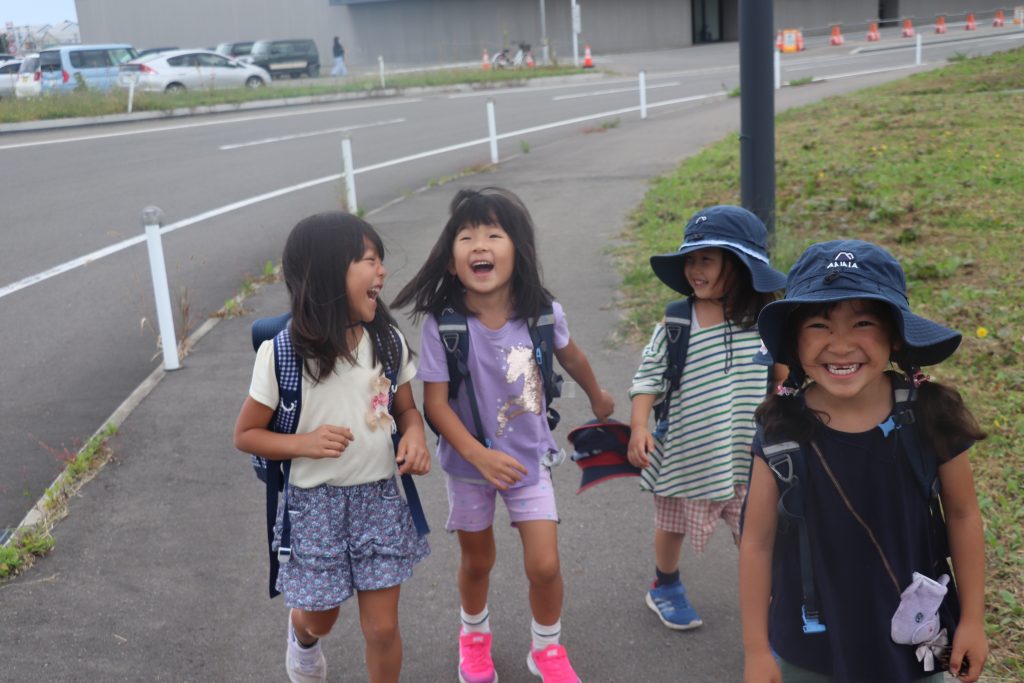
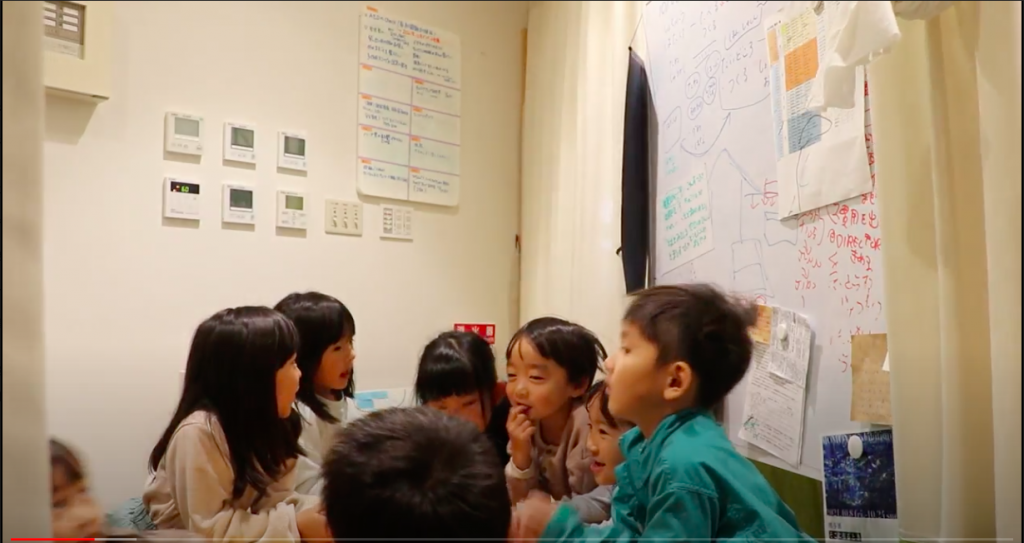
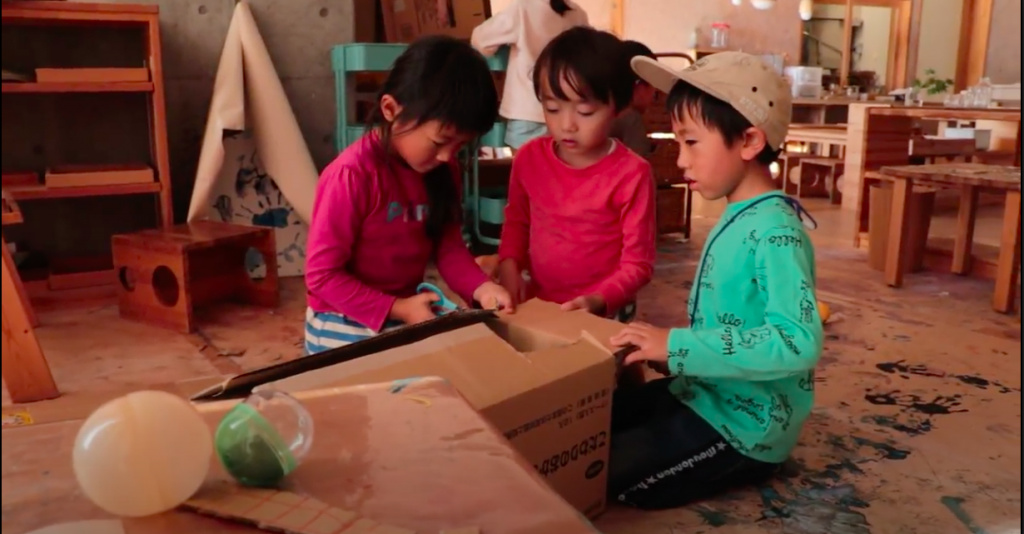
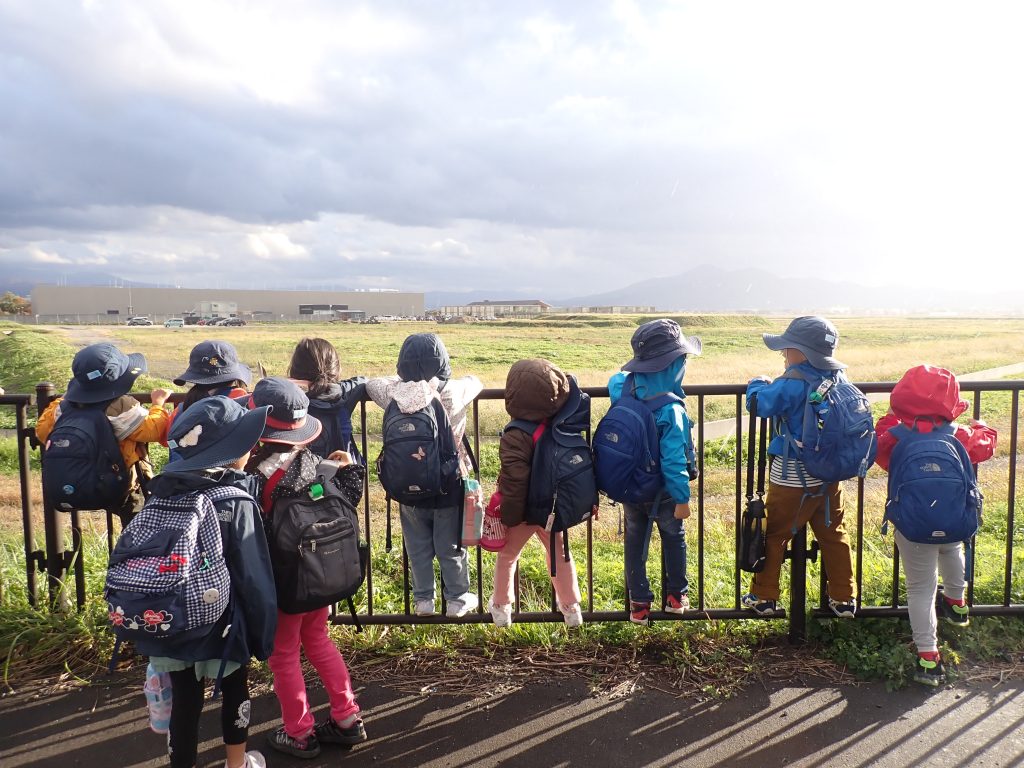
 PREV
PREV